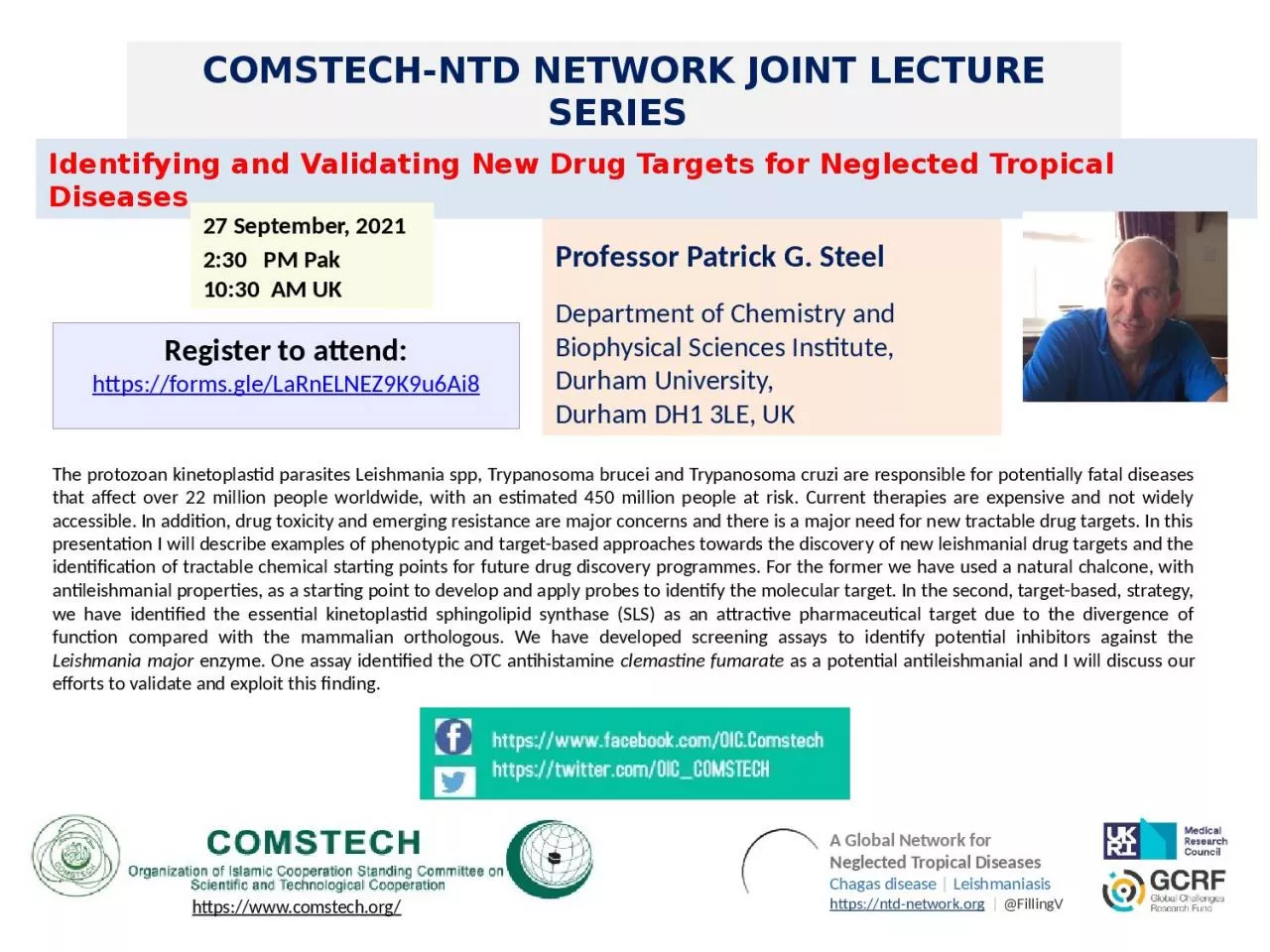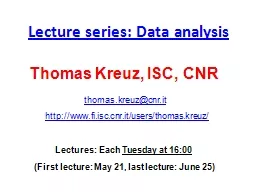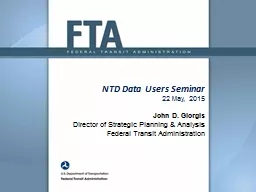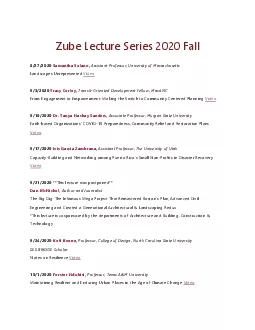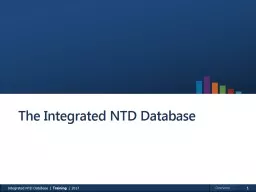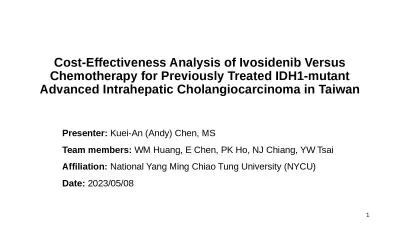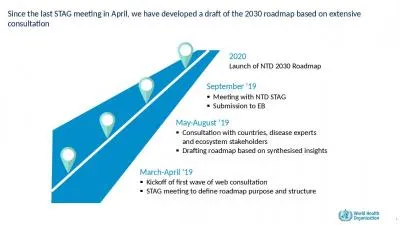PPT-COMSTECH-NTD NETWORK JOINT LECTURE SERIES
Author : holly | Published Date : 2024-01-29
Professor Patrick G Steel Department of Chemistry and Biophysical Sciences Institute Durham University Durham DH1 3LE UK Identifying and Validating New Drug
Presentation Embed Code
Download Presentation
Download Presentation The PPT/PDF document "COMSTECH-NTD NETWORK JOINT LECTURE SERIE..." is the property of its rightful owner. Permission is granted to download and print the materials on this website for personal, non-commercial use only, and to display it on your personal computer provided you do not modify the materials and that you retain all copyright notices contained in the materials. By downloading content from our website, you accept the terms of this agreement.
COMSTECH-NTD NETWORK JOINT LECTURE SERIES: Transcript
Download Rules Of Document
"COMSTECH-NTD NETWORK JOINT LECTURE SERIES"The content belongs to its owner. You may download and print it for personal use, without modification, and keep all copyright notices. By downloading, you agree to these terms.
Related Documents

